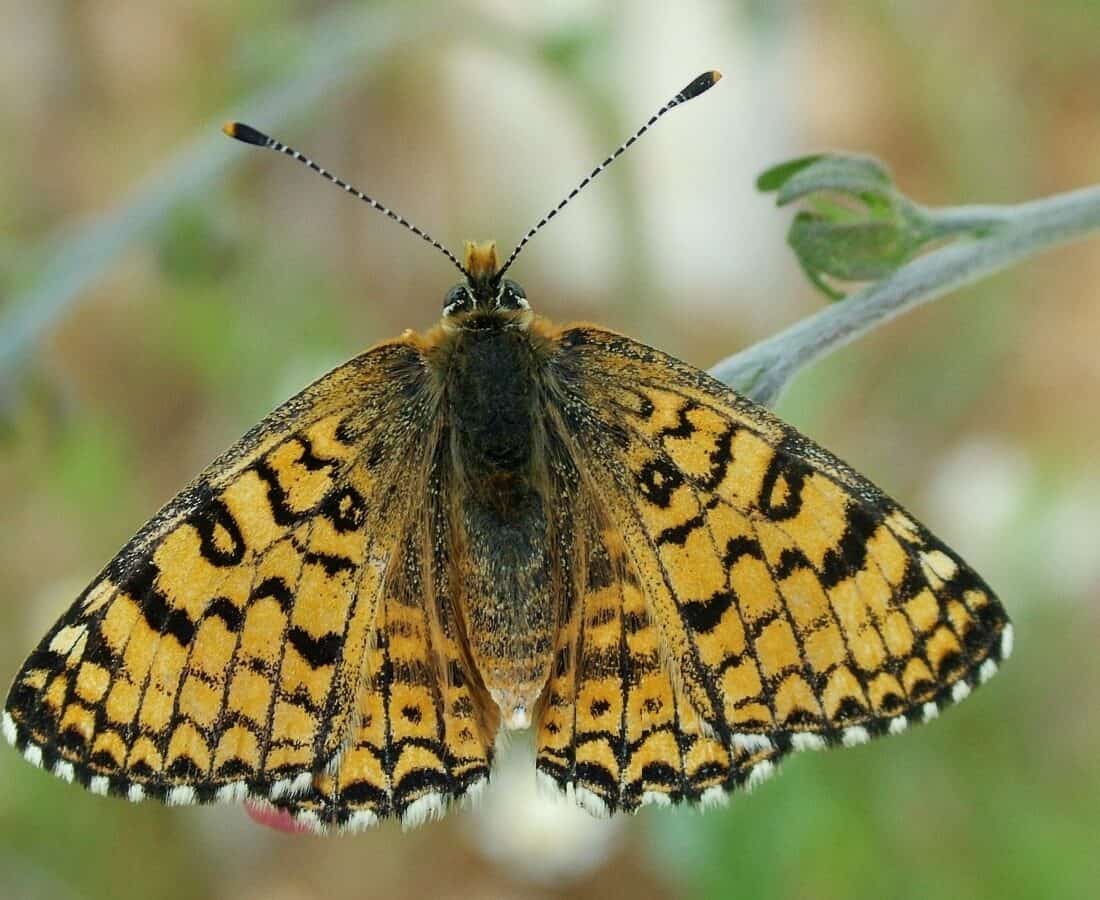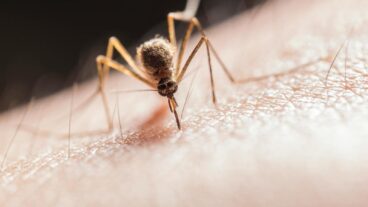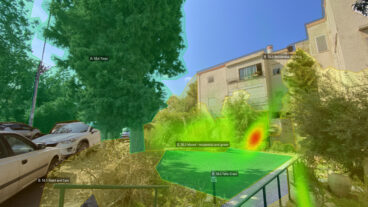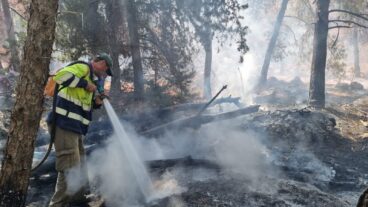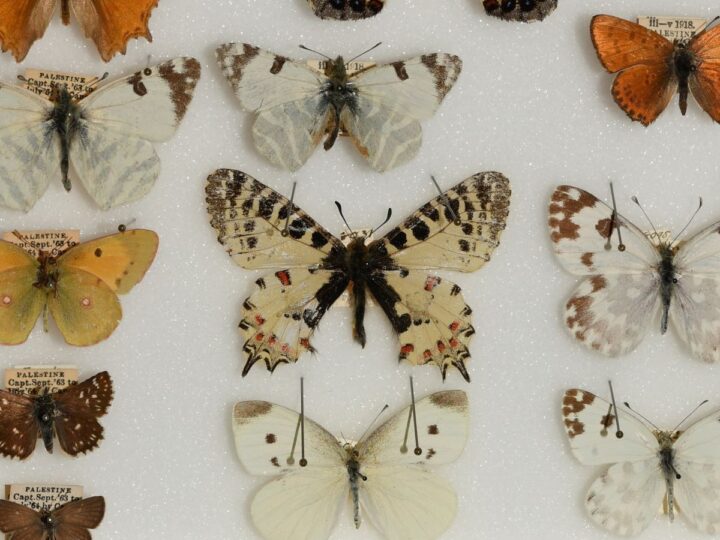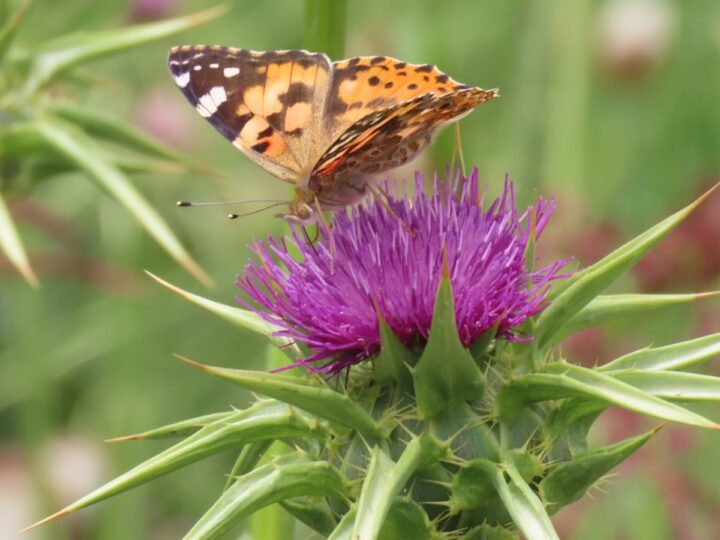There are a lot of potential calamities that could herald the collapse of our civilization: the rise of artificial intelligence, climate crisis and food shortages, or outbreaks of viruses that would make coronavirus look like child’s play.
But when thinking about these apocalyptic scenarios, the word “butterflies” is the last thing that comes to mind.
Dubi Benyamini, president of the Israeli Lepidopterists Society, claims that the potential extinction of butterflies is what, in fact, is going to rip out the wings of this organic spacecraft called Earth that we are all floating on.
Worldwide phenomenon
“Butterflies are ecological indicators that respond very quickly to environmental changes,” Benyamini tells ISRAEL21c, adding that butterfly behavior demonstrates how other insect species might behave in the future.
“I just got back from Bhutan in the Great Himalayas, a high place with water and clean air, and even there I saw very few butterflies. This phenomenon is happening worldwide.”
According to the European Grassland Butterfly Indicator, between 1990 and 2020, Europe’s grassland butterflies declined by 36 percent. In California, butterflies declined by 1.6% annually between 1977 and 2018.
In Israel, there has been an annual decline of 0.3% between 2010-2019, with a more comprehensive study taking place right now. Results are to be published later in the year.
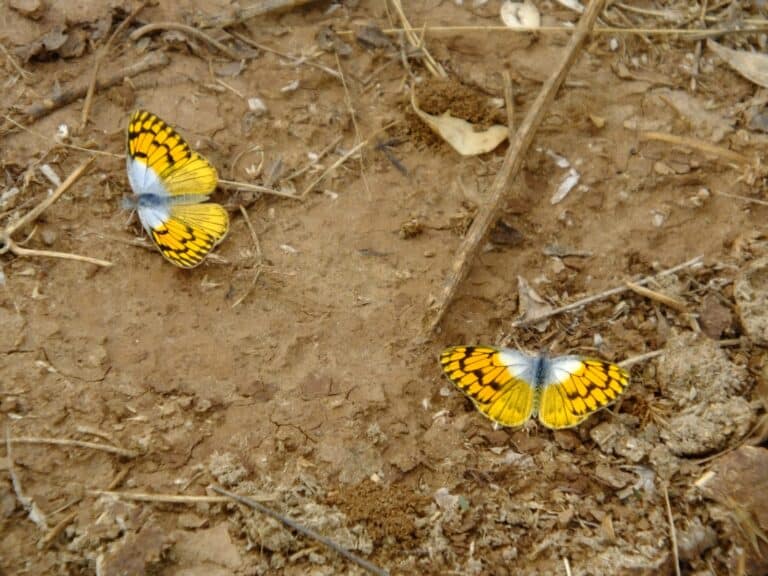
Benyamini explains that climate change is the main factor in this equation and unless urgent measures are implemented soon, we are looking at a bleak future for humanity.
“No butterflies means no bees, which means no pollination, which means starvation, which means the end of mankind,” he warns.
“In Israel, I can tell you it’s a result of subsidence,” he said, referring to the sinking of air in the atmosphere, typically associated with high-pressure systems. When air sinks, it compresses and warms up, trapping hot air at the surface.
“This is what causes the extreme weather [Israel is experiencing in recent summers], when even in the northernmost parts of the country there is up to 40 degrees Celsius for days and days on end.”
In the past, heat like this would have been an anomaly. Today it is becoming a new normal.
Benyamini adds the extreme weather in Israel causes great distress to local butterfly species. Meanwhile, species from places like Africa are popping up more and more in the Middle East. “These changes are extreme,” he says.
“In the 1960s, in the snowy Mount Hermon area there were only three tropical butterfly species. Today, there are nine.”
Ring the alarm
Maybe they don’t go extinct completely, but simply migrate?
“There is a butterfly species we have in Israel, called Cigaritis cilissa. There used to be thousands of them in Hadera sand loops. In the last few years, its population in Israel has declined by 90%,” he says.
“That’s not migration, that’s extinction.”
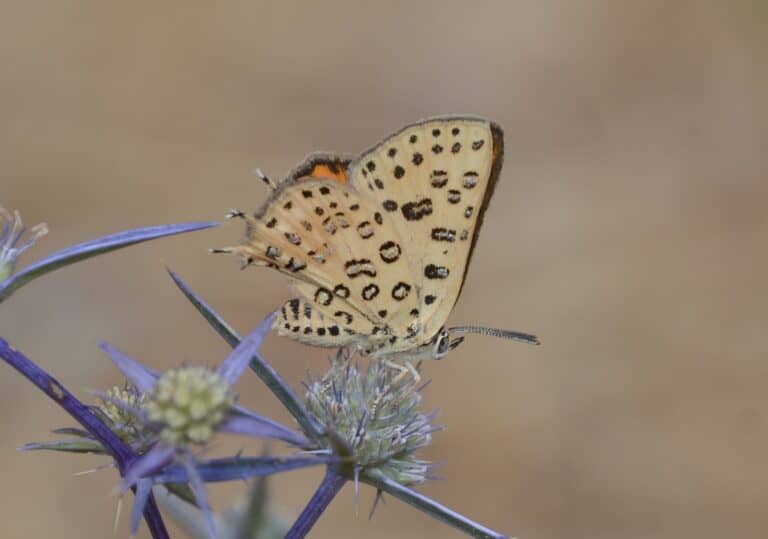
Benyamini says he has been sounding the alarm on this phenomenon for years, but claims no one in a position of power is willing to listen to him or his like-minded colleagues — anywhere in the world.
“In order to change the situation, we need a policy to be adopted by the highest levels of governments, which is why I tend to be pessimistic. I don’t see it happening.”
He doesn’t anticipate the fast replacement of main environmental pollutants, such as fossil fuels. “Politicians think of the economy and don’t think of what it does to nature across the world. Interest groups only care about today and not what happens in the future.”
Benyamini adds that widespread pesticide use in Israeli agriculture also contributes to poor wellbeing of local butterfly species. Here, once again, government legislation is required to minimize the use of these substances.
A silver lining?
Benyamini’s colleague, ecological data scientist Orr Comay from the Steinhardt Museum of Natural History, sounds a little more optimistic.
Comay explains that in Europe this problem initially came to light when the agriculture industry began to change and small, local farmers stopped working their fields, leaving them to be overgrown with vegetation.
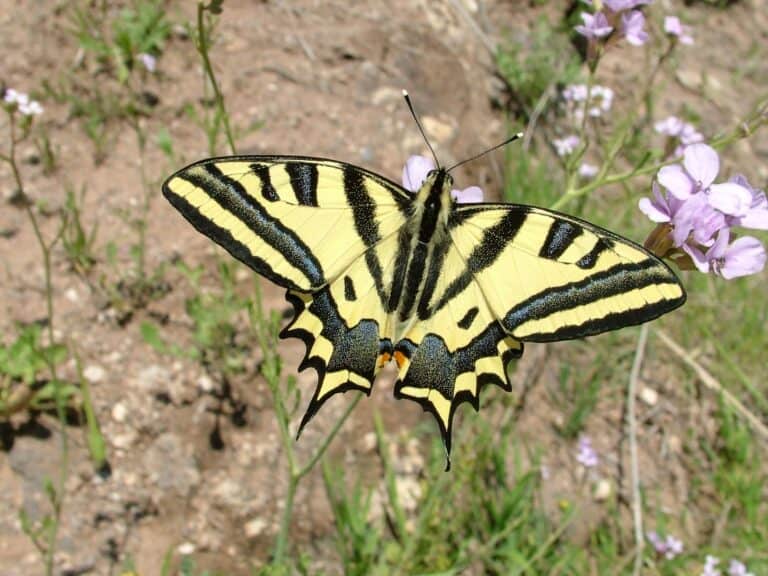
“Butterflies are sun lovers; they don’t like woods. They left those specific places but no one has done any research to examine whether they migrated elsewhere. The research focused on them leaving the fields, but didn’t question whether they had turned up somewhere else. They might have,” he says.
“That doesn’t change the fact that years-long research shows the complete disappearance of butterflies in some areas and their decline in others.”
Comay explains that butterflies also play an important part in the food chain, serving as prey for birds and reptiles.
“Butterflies are also pollinators, although not as important as bees or flies. If they don’t pollinate their respective vegetation, animals or insects who eat that vegetation will have less food. But humans have a varied diet — we can eat wheat, rice, potatoes, or all of it together. In the insect world it’s different.”
In addition, Comay says that the scientific knowledge on wildlife, including butterflies, is scarce.
“It’s not profitable,” he says. As a result, it’s difficult to make broad conclusions on the condition of butterflies or any other insects because there is simply not enough data.
What can be done
Comay agrees with Benyamini that the two main causes of the decline in butterflies appear to be climate change and overuse of pesticides.
“Private farmers must switch to biological pest-control substances. Must. Must. Must!” Benyamini exclaims.
The two scientists agree that all of us can try to slow down the rate of the distressing phenomenon.
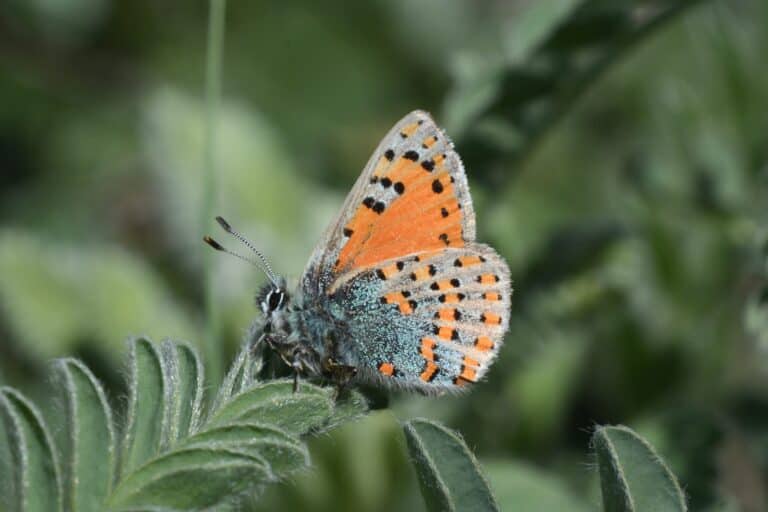
For instance, Comay advises buying organic produce from smaller businesses to discourage the use of pesticides. “We can adapt our lifestyles to minimize the climate crisis and vote for political parties that prioritize the environment in their campaign platforms.”
In addition, he says that people with private gardens should refrain from installing artificial grass in their backyards because it disturbs the natural habitat of butterflies.
Benyamini warns, however, that butterflies cannot be rehomed. “You can’t bring them in a box to a new place where you planted grass and hope they stay there. They have to come by themselves.”
And if we fail?
“Butterflies will die in silence because they don’t know how to scream.”




